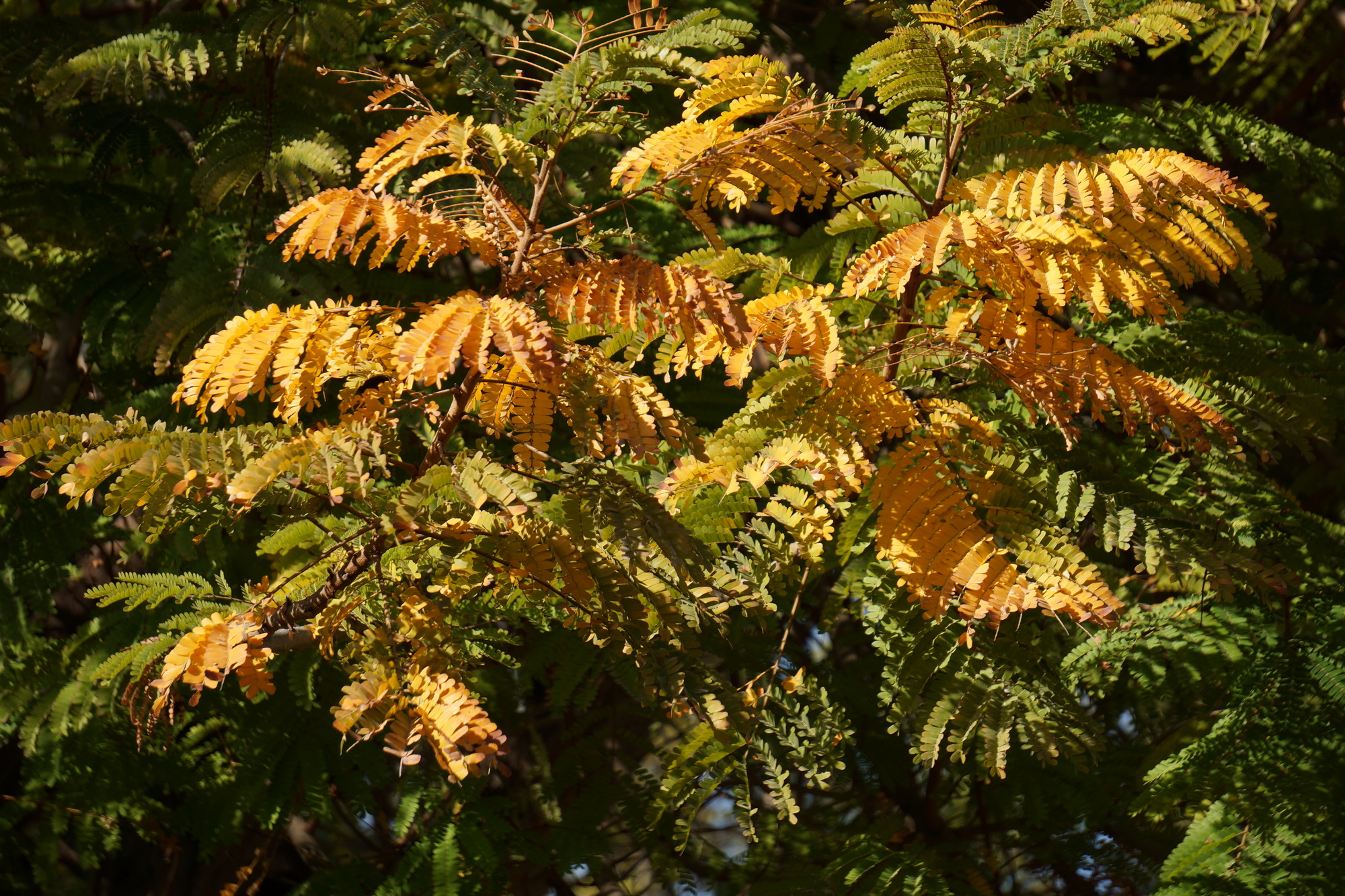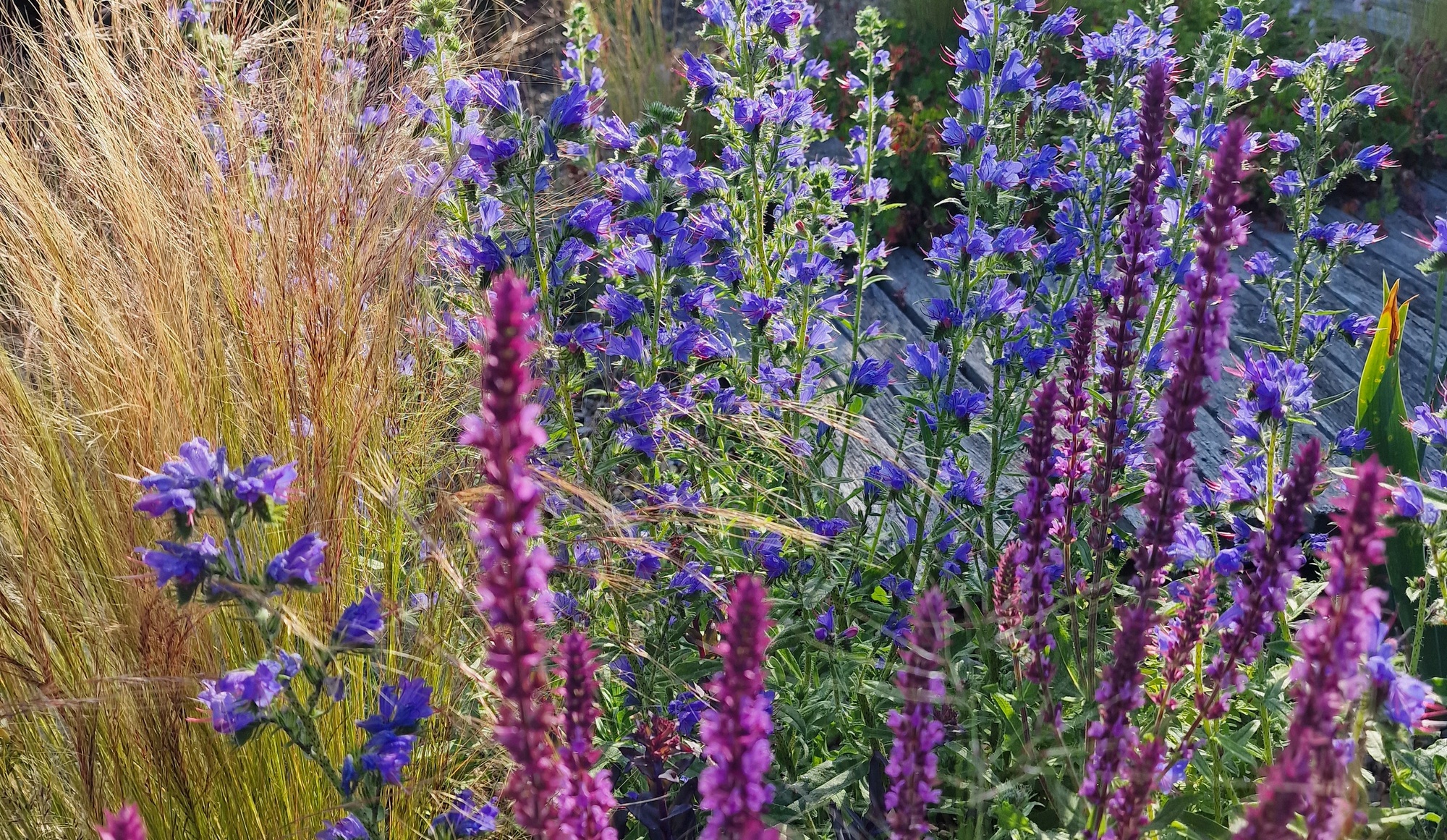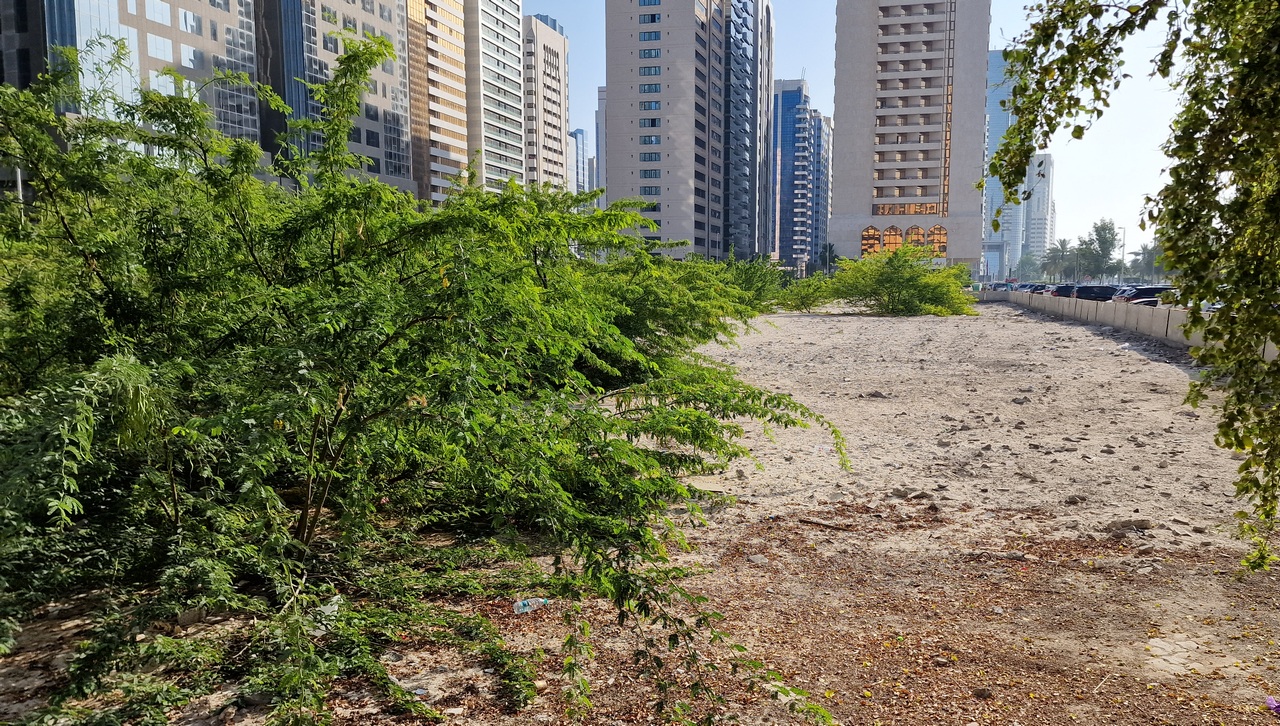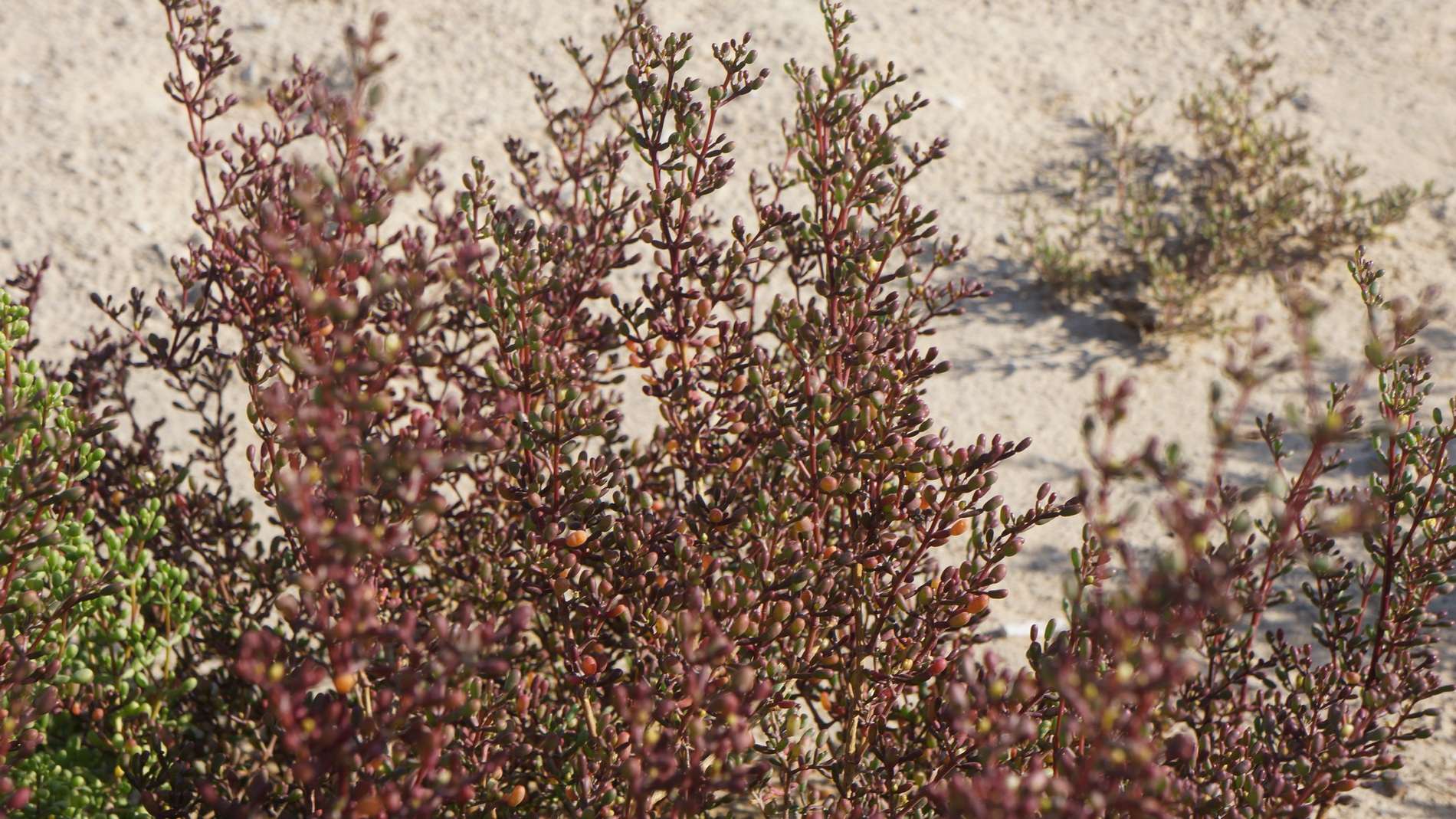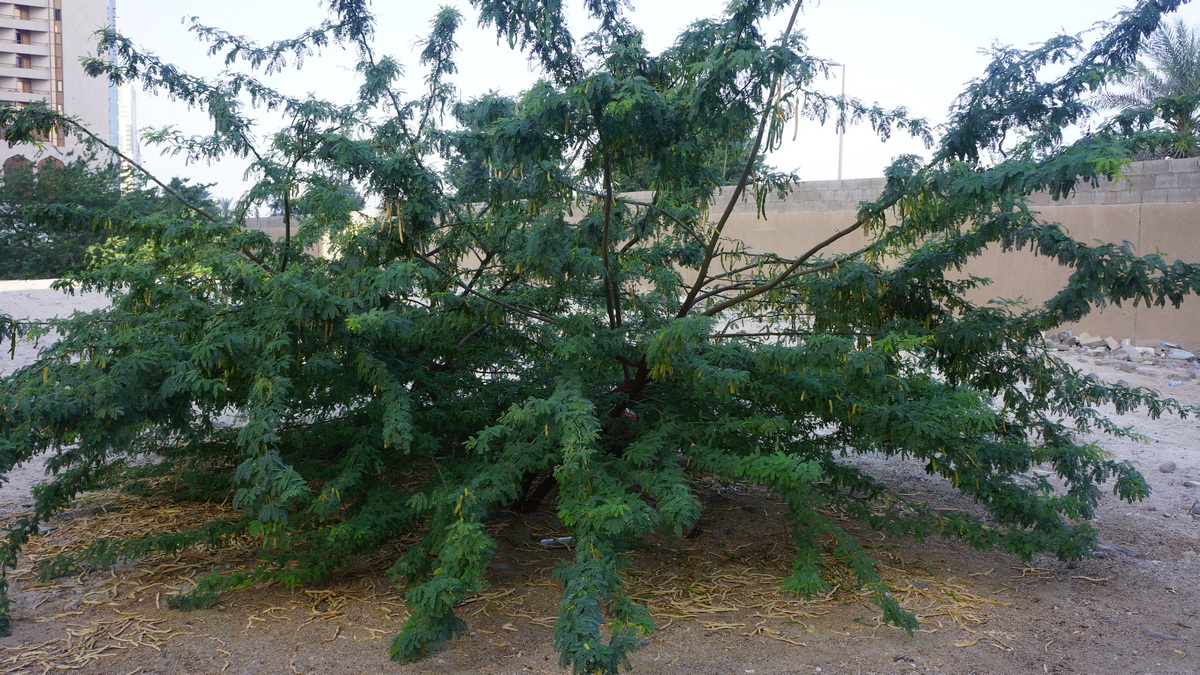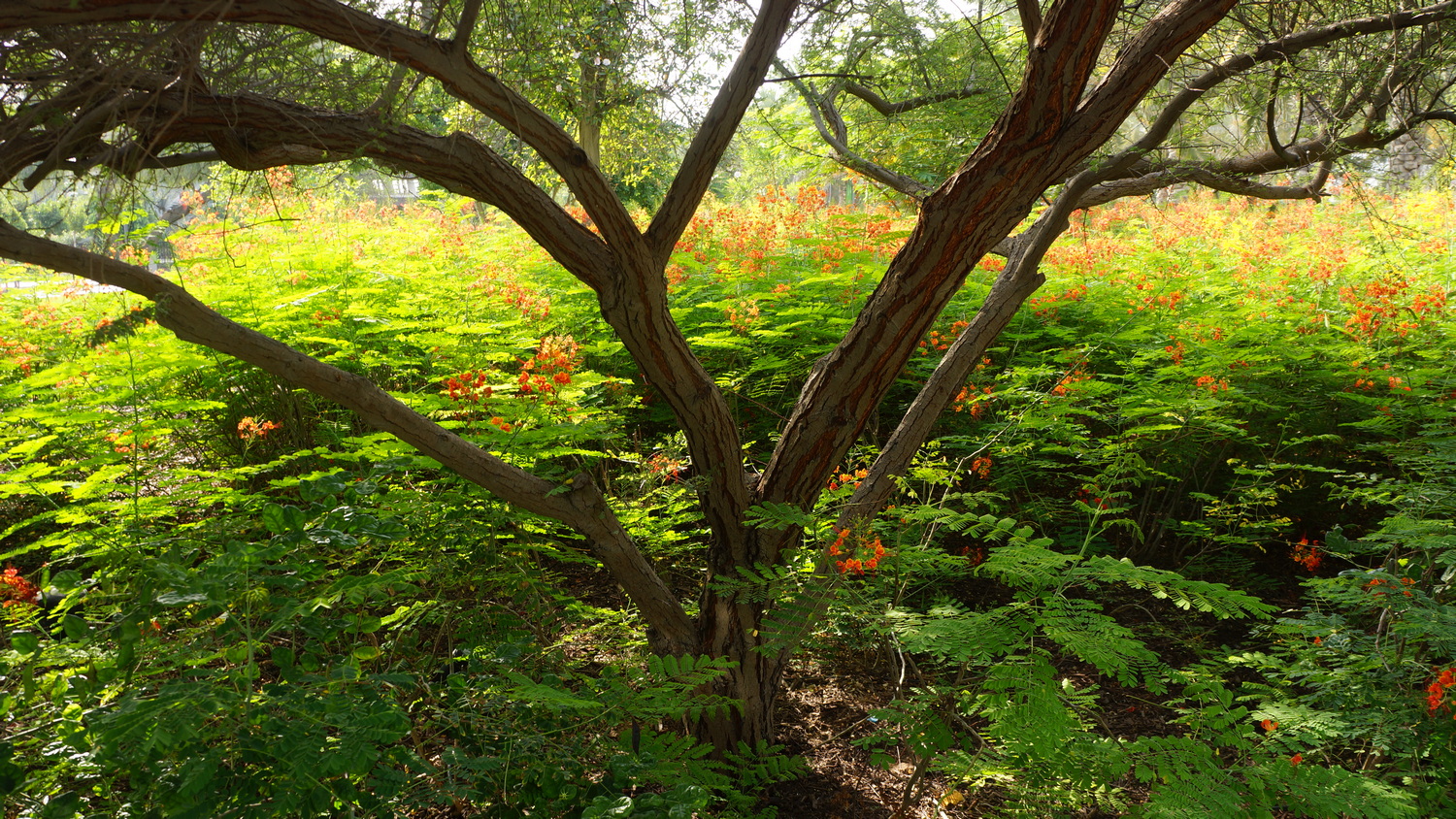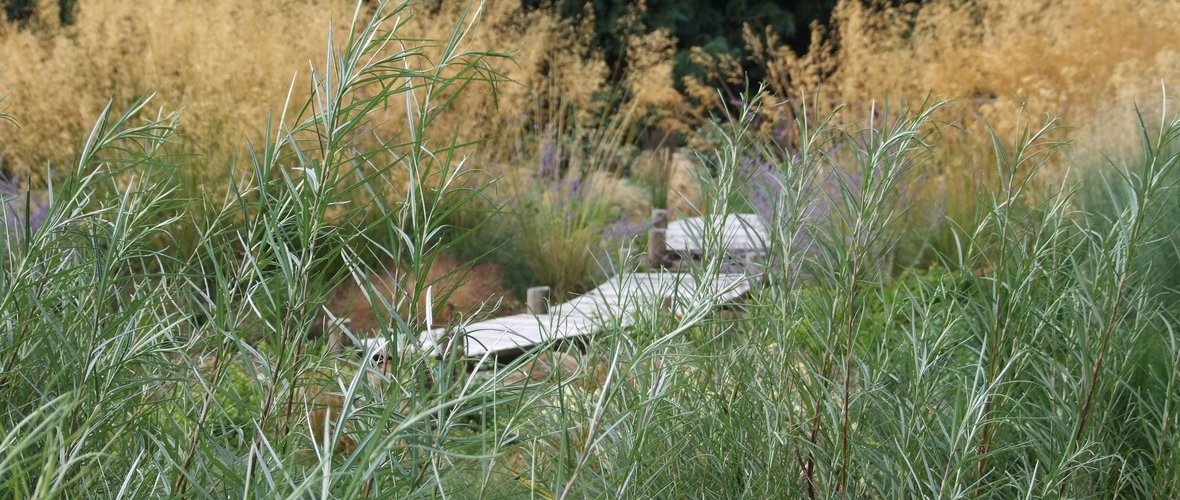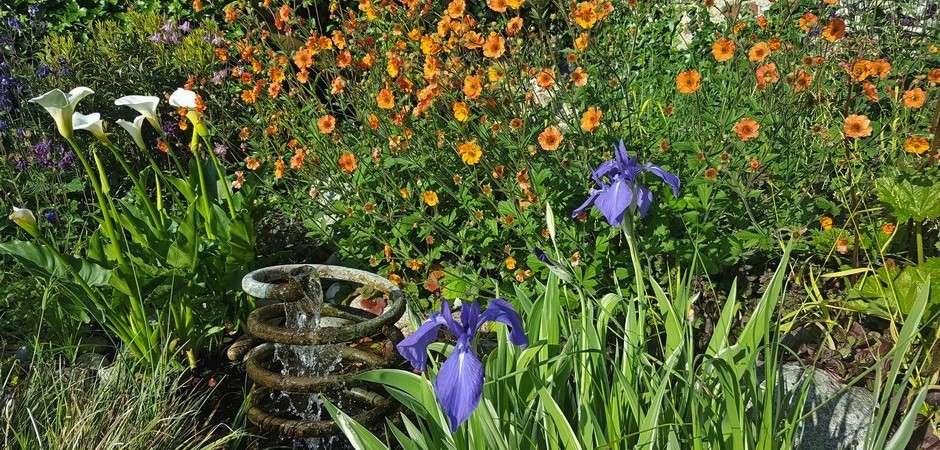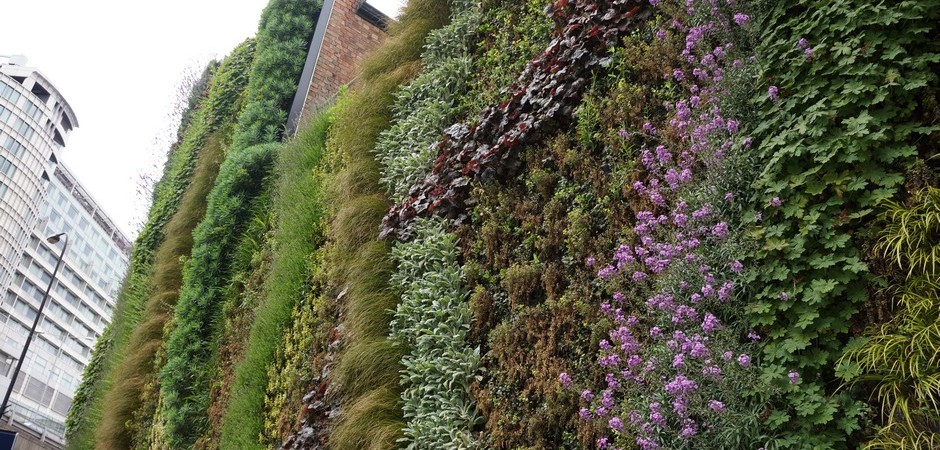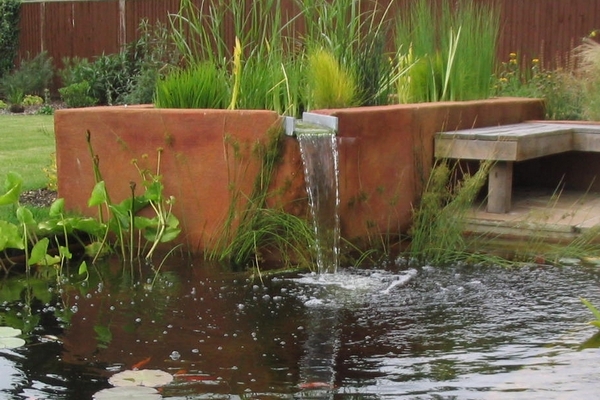Time to change how we live – and garden
For the first time ever, this summer the UK recorded temperatures in excess of 40°C. Parts of Wennington, a village in East London were consumed by fire. If ever there was a moment to wake up and change how we live, it is now. If we don’t we are individually and collectively committing, in the
